Health & Science
How nerds created sexual fidelity; Memories that aren’t sweet; Delivered to obesity?; A program that decodes smiles
How nerds created sexual fidelity
Monogamy may have been invented millions of years ago by male human ancestors who lost the usual mating competition to alpha males, and learned how to woo women with food and loyalty. That’s the conclusion of University of Tennessee scientists studying why humans, unlike most other primates, form long-lasting, monogamous relationships and families. Some 4.4 million years ago, hominids lived, as chimpanzees do today, in big groups dominated by powerful males, who mated with as many females as possible—and bullied less-aggressive males to keep them away from the women. But in what amounted to “the most important sexual revolution for our species,” biomathematician Sergey Gavrilets tells the Los Angeles Times, the wimpier men outsmarted the bullies. Instead of physically fighting the promiscuous alpha males for access to their harem, they likely focused on one female and showered her with food. Those females liked the constant attention, rewarding their providers with fidelity. The offspring of those couples, having two parents to nurture and defend them, had better survival odds than did the offspring of neglectful alpha males—leading over time to humanity’s “self-domestication,’’ with male providers pair-bonding with faithful females. Without the romantic strategy devised by the prehistoric sensitive man, Gavrilets says, “we wouldn’t have the modern family.”
Memories that aren’t sweet
The Week
Escape your echo chamber. Get the facts behind the news, plus analysis from multiple perspectives.

Sign up for The Week's Free Newsletters
From our morning news briefing to a weekly Good News Newsletter, get the best of The Week delivered directly to your inbox.
From our morning news briefing to a weekly Good News Newsletter, get the best of The Week delivered directly to your inbox.
Sugary foods may be as bad for your memory as they are for your waistline. UCLA researchers found that rats that were prompted to navigate a maze based on their memory of previous trips through it did significantly worse when their diet was high in high-fructose corn syrup, compared with rats whose diet was high in the omega-3 fatty acids that come from eating fish, seeds, and nuts. After their faulty trips through the maze, a closer look at the rats’ brains revealed that the high levels of high-fructose corn syrup—the kind used to sweeten soda—had disrupted synapse communication in the hippocampus, a brain region devoted to learning and memory. Omega-3s appeared to repair some of those connections, helping to “minimize the damage,” UCLA neurosurgeon Fernando Gomez-Pinilla tells Agence France-Presse. “I was very shocked,” he says, “to see how strong an effect these diets could have on the brain.”
Delivered to obesity?
Babies delivered by caesarean section appear to be twice as likely to become obese as those born naturally. Researchers at Harvard Medical School followed the pregnancies of more than 1,000 Boston women and found that nearly 16 percent of children delivered surgically were obese by age 3, compared with fewer than 8 percent of those born through vaginal delivery. That could mean caesareans are a significant factor in the obesity epidemic, study author Susanna Huh tells WebMD.com, since “one in three children in the U.S. is now delivered by caesarean section.’’ Researchers theorize that the cause could be a caesarean baby’s lack of exposure to its mother’s intestinal microbes. Just as we each have a blood type, we each harbor a specific set of gut bacteria. Babies often pick up their mothers’ microbes during their trip through the birth canal. Those born surgically are more likely to host a preponderance of gut flora called Firmicutes, which often predominate in obese adults. Though the current study doesn’t prove that surgical births cause obesity, Huh says, it does suggest “yet another reason to avoid caesarean sections that aren’t medically necessary.”
A program that decodes smiles
A free daily email with the biggest news stories of the day – and the best features from TheWeek.com
Computers continue to get better and better at performing tasks once thought beyond them—such as recognizing subtle distinctions in facial expressions. In a new MIT study, the machines performed better than people at distinguishing a smile of delight from one of frustration. Humans actually smile for different reasons; when frustrated, we involuntarily smile in a tight, forced way. So researchers intentionally irritated volunteers by asking them to fill out a lengthy online form that disappeared as soon as they hit “submit.” Almost all of them unwittingly flashed smiles of aggravation. Photos of those smiles looked so much like photos of the same subjects beaming with delight at a picture of a baby that other volunteers couldn’t tell them apart. The researchers analyzed the grins frame by frame to reveal subtle differences: The frustrated smiles appeared and faded more quickly than happy smiles did, and lifted only the corners of the mouth and cheeks, while smiles of delight also crinkled the skin around the eyes. A computer programmed to recognize those differences correctly decoded smiles more than 90 percent of the time. The findings, study author Ehsan Hoque tells ScienceDaily.com, may lead to computer programs that help autistic people read emotion better. “The goal is to help people with face-to-face communication,” he said.
-
 Political cartoons for January 4
Political cartoons for January 4Cartoons Sunday's political cartoons include a resolution to learn a new language, and new names in Hades and on battleships
-
 The ultimate films of 2025 by genre
The ultimate films of 2025 by genreThe Week Recommends From comedies to thrillers, documentaries to animations, 2025 featured some unforgettable film moments
-
 Political cartoons for January 3
Political cartoons for January 3Cartoons Saturday's political cartoons include citizen journalists, self-reflective AI, and Donald Trump's transparency
-
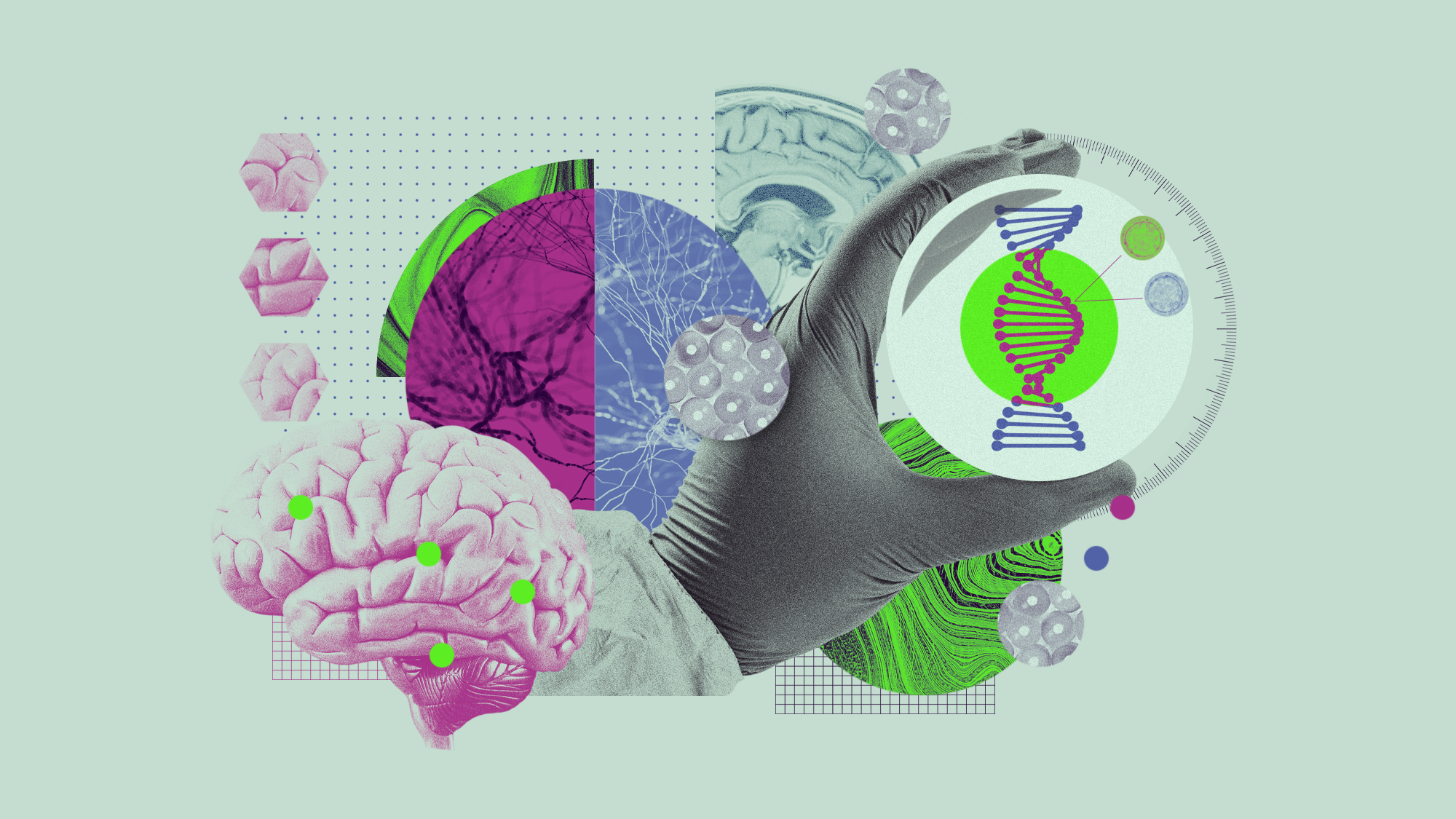 5 recent breakthroughs in biology
5 recent breakthroughs in biologyIn depth From ancient bacteria, to modern cures, to future research
-
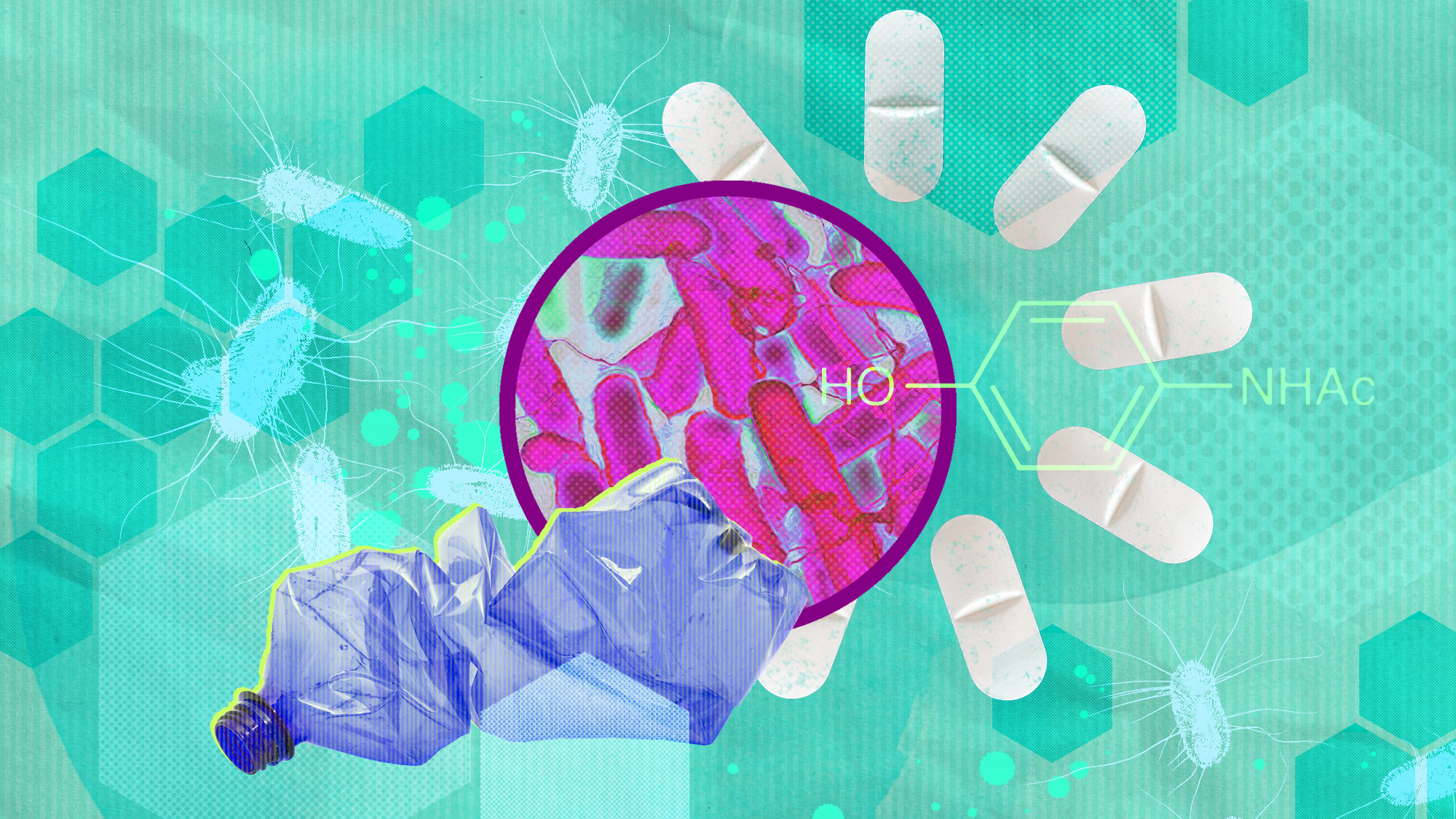 Bacteria can turn plastic waste into a painkiller
Bacteria can turn plastic waste into a painkillerUnder the radar The process could be a solution to plastic pollution
-
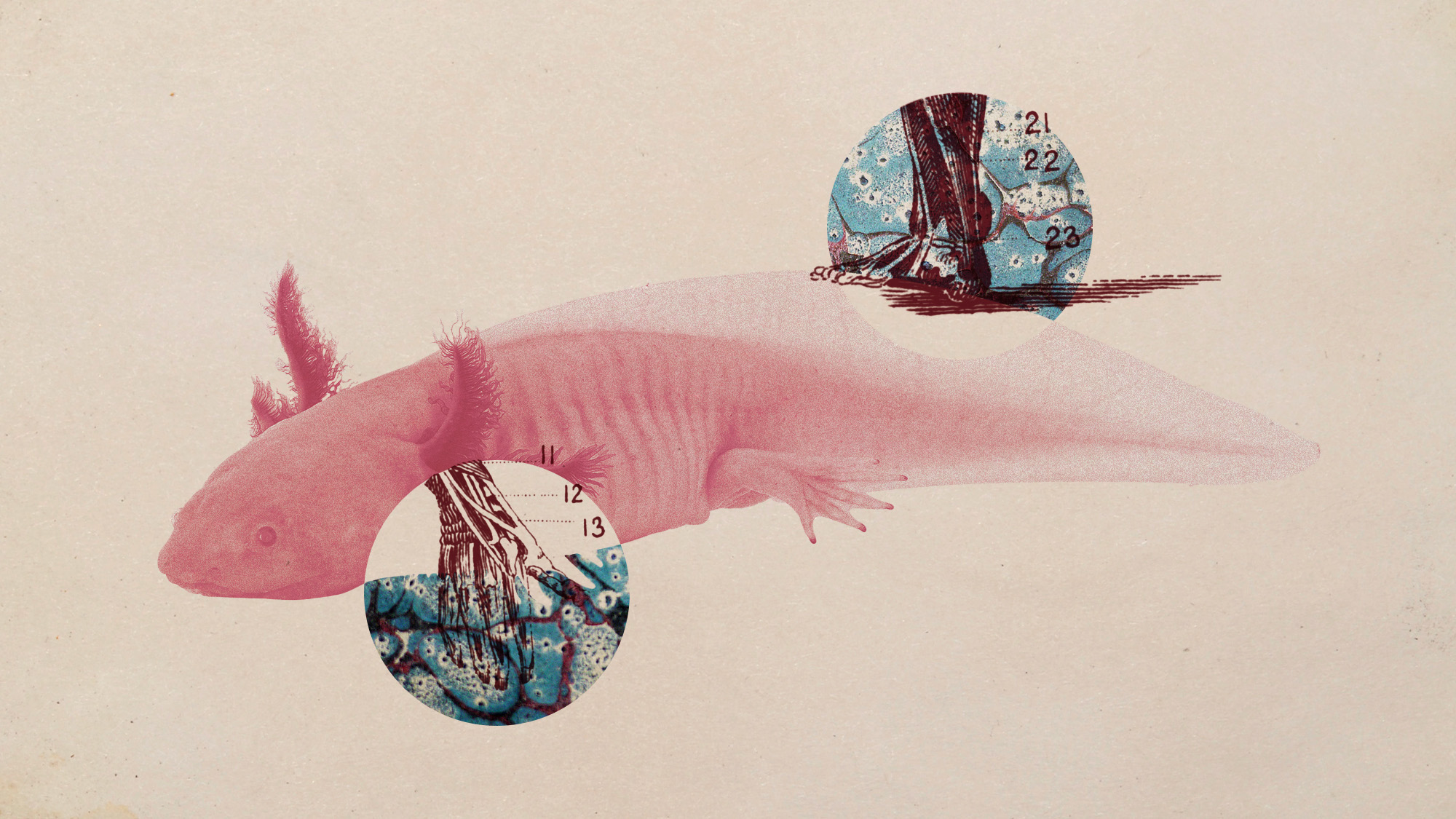 Scientists want to regrow human limbs. Salamanders could lead the way.
Scientists want to regrow human limbs. Salamanders could lead the way.Under the radar Humans may already have the genetic mechanism necessary
-
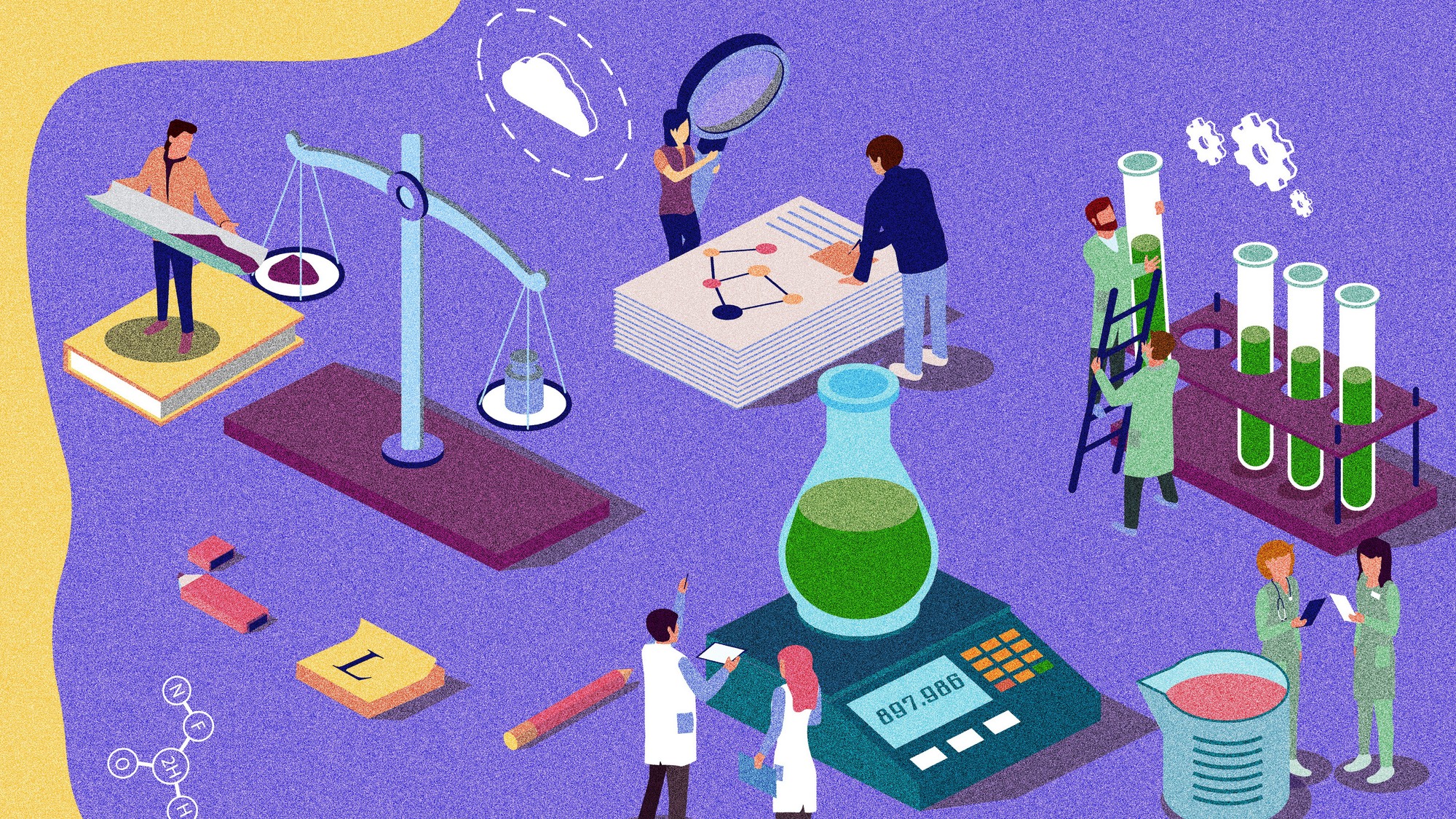 Is the world losing scientific innovation?
Is the world losing scientific innovation?Today's big question New research seems to be less exciting
-
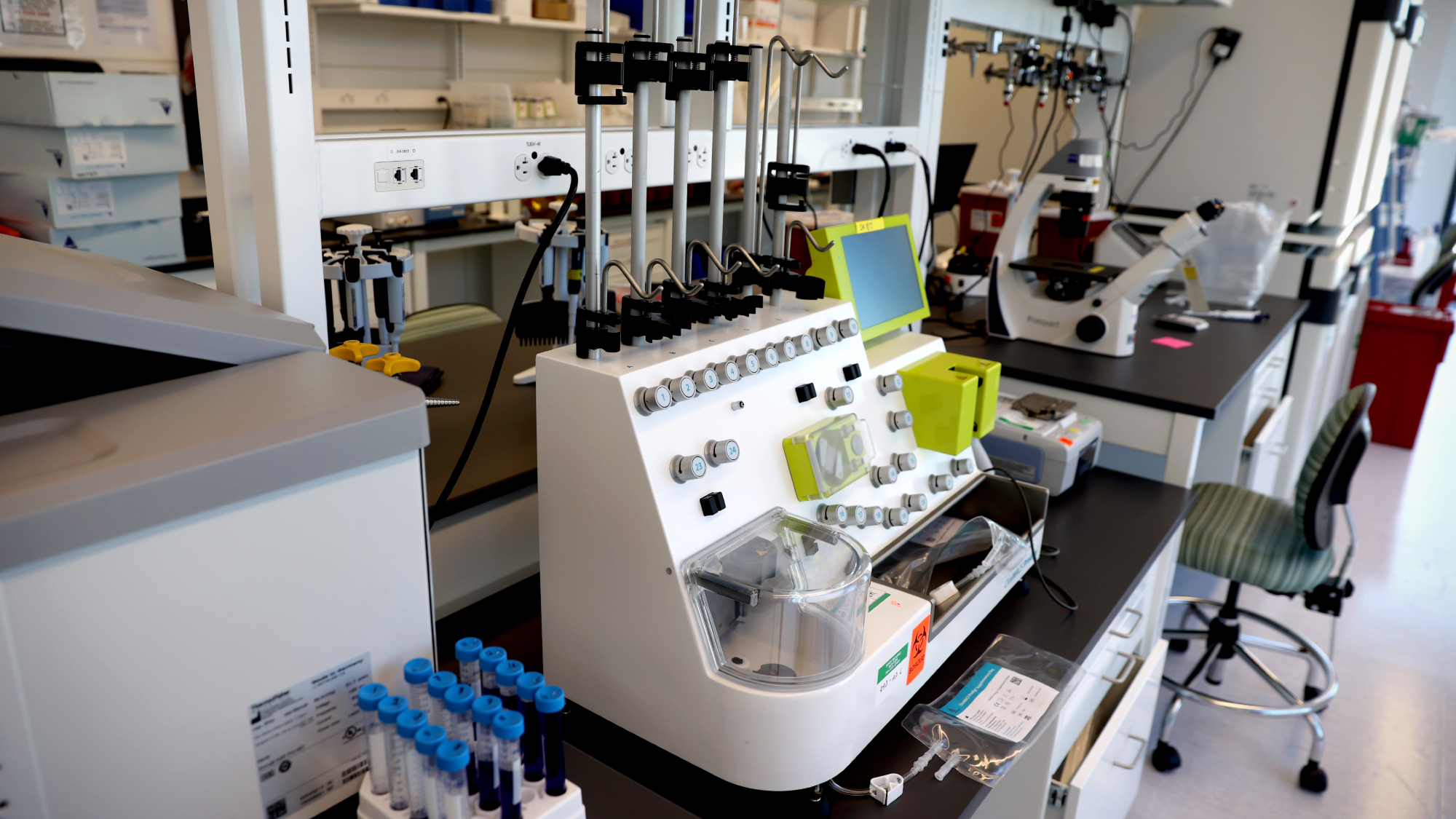 Breakthrough gene-editing treatment saves baby
Breakthrough gene-editing treatment saves babyspeed read KJ Muldoon was healed from a rare genetic condition
-
 Humans heal much slower than other mammals
Humans heal much slower than other mammalsSpeed Read Slower healing may have been an evolutionary trade-off when we shed fur for sweat glands
-
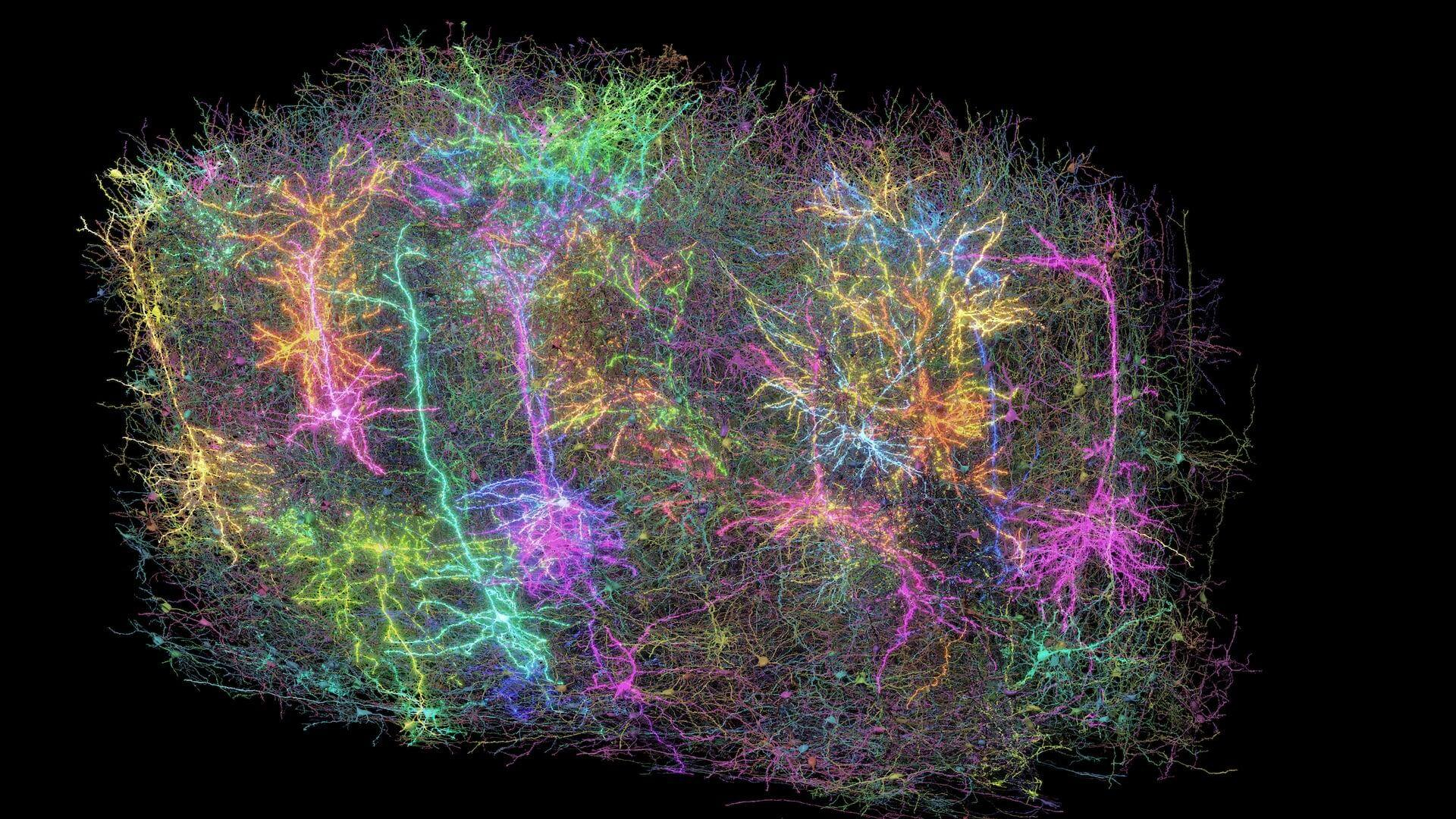 Scientists map miles of wiring in mouse brain
Scientists map miles of wiring in mouse brainSpeed Read Researchers have created the 'largest and most detailed wiring diagram of a mammalian brain to date,' said Nature
-
 Scientists genetically revive extinct 'dire wolves'
Scientists genetically revive extinct 'dire wolves'Speed Read A 'de-extinction' company has revived the species made popular by HBO's 'Game of Thrones'